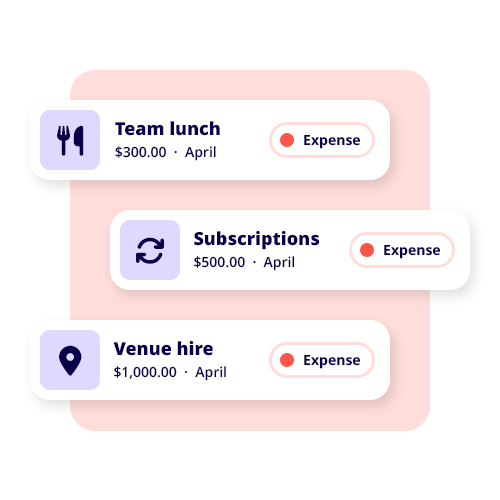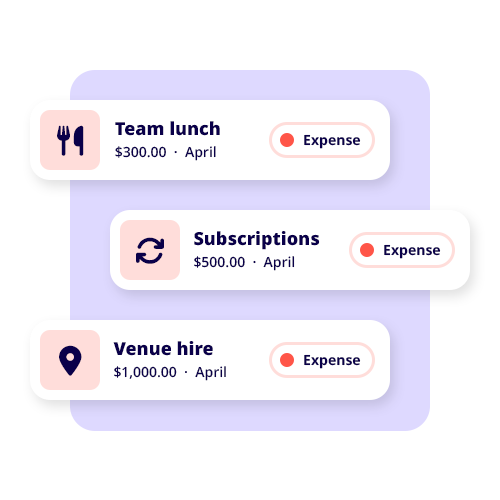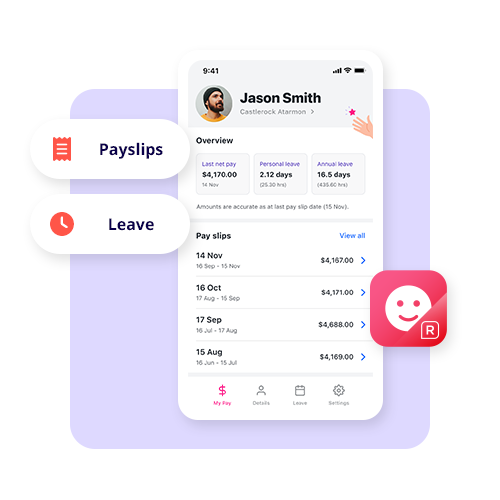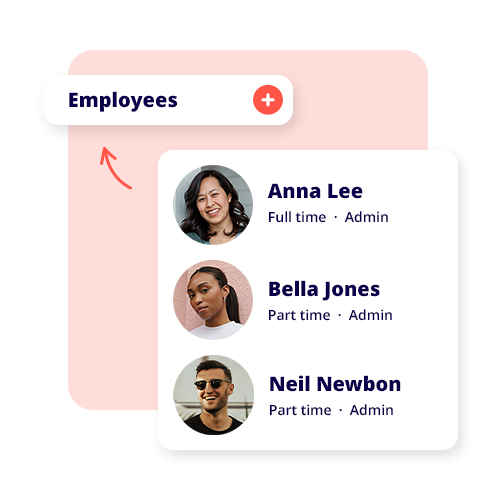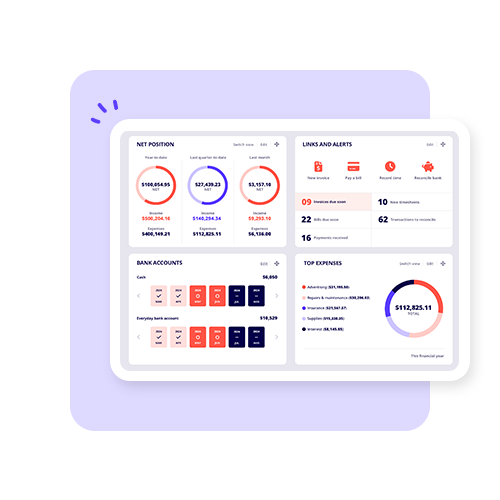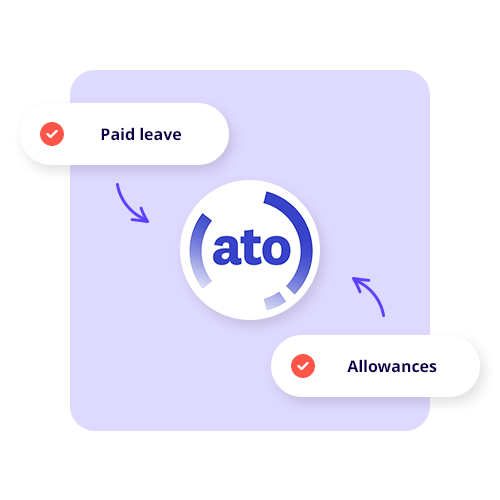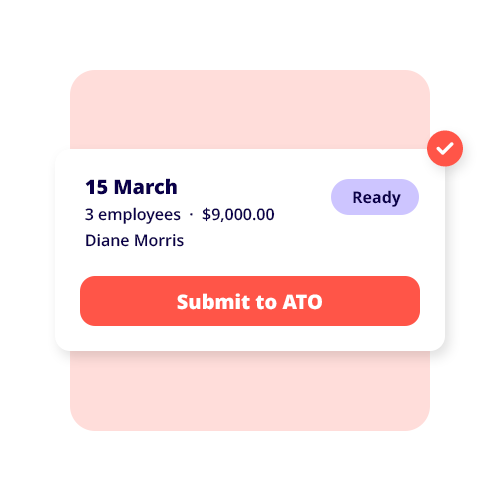As part of our country’s taxation system, Australian businesses are required to withhold a portion of payments made to their employees or other entities and remit that amount to the Australian Taxation Office (ATO).
But how exactly does withholding tax work, and is it something every small business owner needs to do? Let’s take a closer look at withholding tax for Australian residents and why you need to stay on top of it for the sake of your business.
What does it mean to withhold tax?
Withholding tax is the act of withholding a portion of income payments (e.g. wages or dividends) and paying that amount directly to the ATO on behalf of the recipient. The whole purpose of withholding tax is to make sure both individuals and businesses pay their tax contributions throughout the financial year as required, rather than as a lump sum at the end of the financial year.
For business owners, withholding tax tends to apply to employee wages, but it can also apply to interest earned on investments, dividends, payments to non-residents, etc.
For Australian business owners, the withholding tax system works under the Pay As You Go (PAYG) withholding framework. In short, businesses need to withhold a portion of each employee’s salary or wages based on the employee’s tax file number (TFN) declaration, income tax rates and other relevant inclusions like the Medicare levy and any tax offsets. The withheld amount is then credited to the employee when they lodge their tax return.
How does withholding tax work for small businesses?
For small business owners, withholding tax is applied to the wages you pay your employees and other payments made to a contractor, non-resident or investor. If you pay an employee or contractor, you are responsible for calculating the correct withholding amount using the taxable income tables provided by the ATO. It’s a calculation based on several factors, including your employee’s taxable income, declared tax-free threshold, and other relevant information, such as income tax withholding for non-residents.
The amount of tax withheld must then be paid to the ATO at regular intervals, usually monthly or quarterly, depending on your business’s reporting obligations. Failure to withhold or remit payments will most likely result in penalties and extra charges.
That’s why it’s so important to remember that withholding tax also applies to payments other than wages, such as interest earned, dividends, and payments to offshore banking units. The tax withheld from these payments is called ‘withholding amounts,’ and different withholding rates will apply depending on the nature of the payment and the recipient’s residency status.
Keep all your documents and data in one place
Before calculating the withholding tax, you should collect and verify things like your employee’s tax file number declarations, contractor details, and any declarations related to the tax-free threshold or salary sacrifice arrangements for tax purposes. Only with this paperwork can you know the correct withholding amount, as the individual’s circumstances and declared information will influence the marginal tax rate and other things that might impact how much tax should be withheld.
For payments made to someone who isn’t an Australian resident, such as foreign contractors or offshore banking units, you’ll need to consider any treaty country exemptions or reduced rates that might apply under international tax treaties. If this ends up being the case, the withholding tax is calculated differently, and you might need to call upon the services of a professional tax advisor.
What deductions can you (and your staff) make?
When income tax season rolls around, things can get stressful. But if you are worried about how to withhold tax or if your staff want to know how to get the most from their taxable income, you can share a few of these tips for deductions:
● Work-related expenses: Staff can claim deductions on their taxable income for work-related purchases like uniforms, tools, protective equipment, etc.
● Car and travel: If your employees use their own vehicles for work, they could be eligible to claim deductions for travel-related expenses on their income tax returns.
● Technology: Buying computers, software and other work-related tech might qualify as deductible tax offsets.
● Working from home deductions: If your small business employs staff who work from home, they might be able to deduct expenses like utilities and internet.
● Subscriptions: If you or your workers are members of professional associations and attend work conferences, they can usually be claimed as deductions.
Use an accountant or tax advisor
From offshore banking units to having a particular voluntary agreement with certain staff members, things can get complicated when it comes to withholding tax calculations. This is especially true if your business regularly deals with contractors, non-residents or employees with difficult tax circumstances.
You’ll want to speak to a tax professional or take advantage of accounting software solutions to ensure everything is accurate and complies with ATO’s very clear requirements. You can also use the ATO’s online resources, including withholding tax calculators and the income tax withholding guide, to figure out the correct withholding amounts for your situation.
In cases where you’re unsure about the withholding amounts for specific payments, such as offshore borrowings or dividends paid to non-residents, again, you’ll want to seek expert advice to prevent any costly errors from hamstringing your business.




